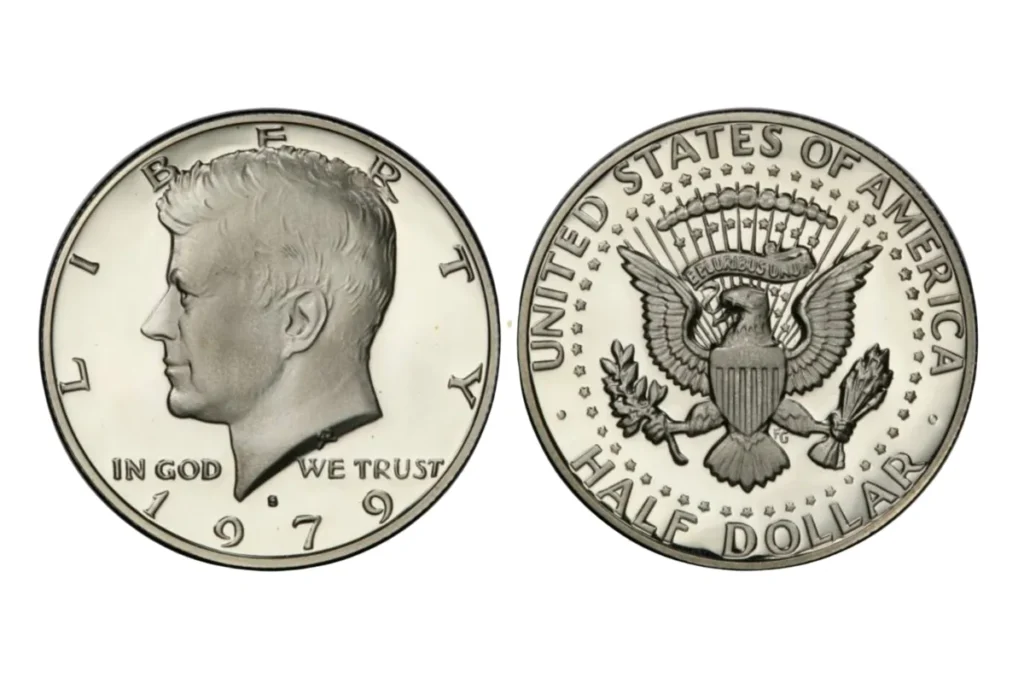The 1979 Bicentennial coin is a notable part of American history and numismatics. Created to honor the 200th anniversary of the United States, these coins offer more than just monetary value;
they hold historical significance and attract coin collectors. Let’s take a closer look at the history, design, and value of the 1979 Bicentennial coin and explore tips on how to collect them.
History of the 1979 Bicentennial Coin

The 1979 Bicentennial coin wasn’t minted in 1979 but in 1975 and 1976. These coins were part of the United States’ celebration of 200 years since the signing of the Declaration of Independence in 1776.
The U.S. Mint released special coins to mark this occasion, including the Bicentennial quarter, half dollar, and dollar coins. Each coin had a unique design that symbolized America’s history and pride.
Design and Features
The 1979 Bicentennial coin features symbols of American heritage:
- Reverse Side: The back of the coin displays Independence Hall, the location where the Declaration of Independence was signed, symbolizing freedom and democracy.
- Obverse Side: The front of the coin shows a portrait of President Dwight D. Eisenhower, who served as the 34th president. This adds to the coin’s connection with American leadership.
These coins are also made from a copper-nickel blend, which gives them a distinctive look compared to other coins from that era. The special designs and materials make these coins unique for collectors.
Value of the 1979 Bicentennial Coin

The worth of a 1979 Bicentennial coin can vary depending on its condition and rarity:
- Face Value: Most Bicentennial coins are not rare and are often valued at their face amount or just a little more.
- Mint Condition: Coins in excellent condition, with little to no wear, can be more valuable to collectors.
- Unique Features: Some coins may have slight variations or errors, which can increase their value. Collectors especially seek out well-preserved coins that display these differences.
Although many Bicentennial coins are common, those in pristine condition or with unusual markings can attract more interest and be worth more than face value.
Collecting Tips
If you’re interested in collecting 1979 Bicentennial coins, here are a few helpful tips:
- Check the Condition: Coins in good condition are generally more valuable. Look for coins with minimal scratches and clear designs.
- Proper Storage: Store your coins in a dry, cool place to avoid damage. Using protective holders can help preserve their condition.
- Learn About Variations: Some coins may have minor design differences or errors. Researching these can help you identify potentially valuable pieces.
Collecting Bicentennial coins can be a rewarding hobby, especially if you take the time to learn about their history and variations.
The 1979 Bicentennial coin represents a special piece of American history. With its unique design and ties to the 200th anniversary of the Declaration of Independence, this coin is more than just a piece of currency;
it’s a connection to the past. Whether you’re a coin collector or simply interested in historical artifacts, the Bicentennial coin offers insight into America’s heritage and a chance to own a piece of that legacy.
Why is the 1979 Bicentennial coin special?
This coin was created to celebrate the 200th anniversary of the United States and features unique designs representing American history.
Are 1979 Bicentennial coins rare?
Most are not rare and have limited value beyond their face amount unless they are in mint condition or have unique features.
What makes the Bicentennial coin valuable?
Coins in excellent condition or those with design variations can be worth more than face value to collectors.
What should I look for in a collectible Bicentennial coin?
Look for coins with minimal wear, clear designs, and any unique markings or errors, as these can increase the coin’s value.
How should I store Bicentennial coins to preserve their condition?
Store your coins in a cool, dry place and consider using protective holders to prevent scratches and other damage.















